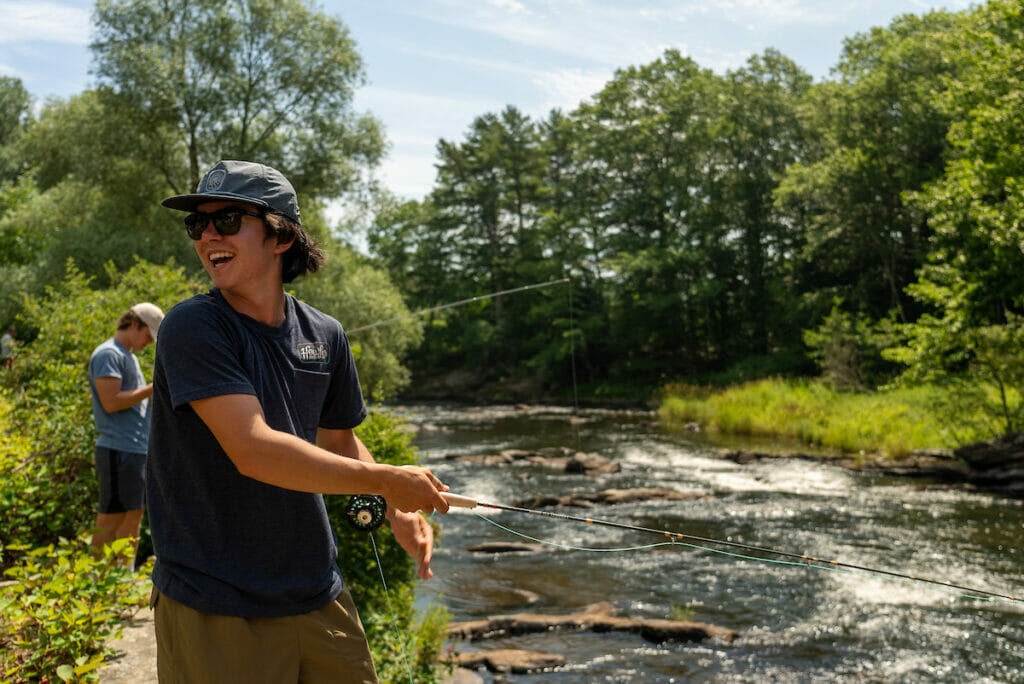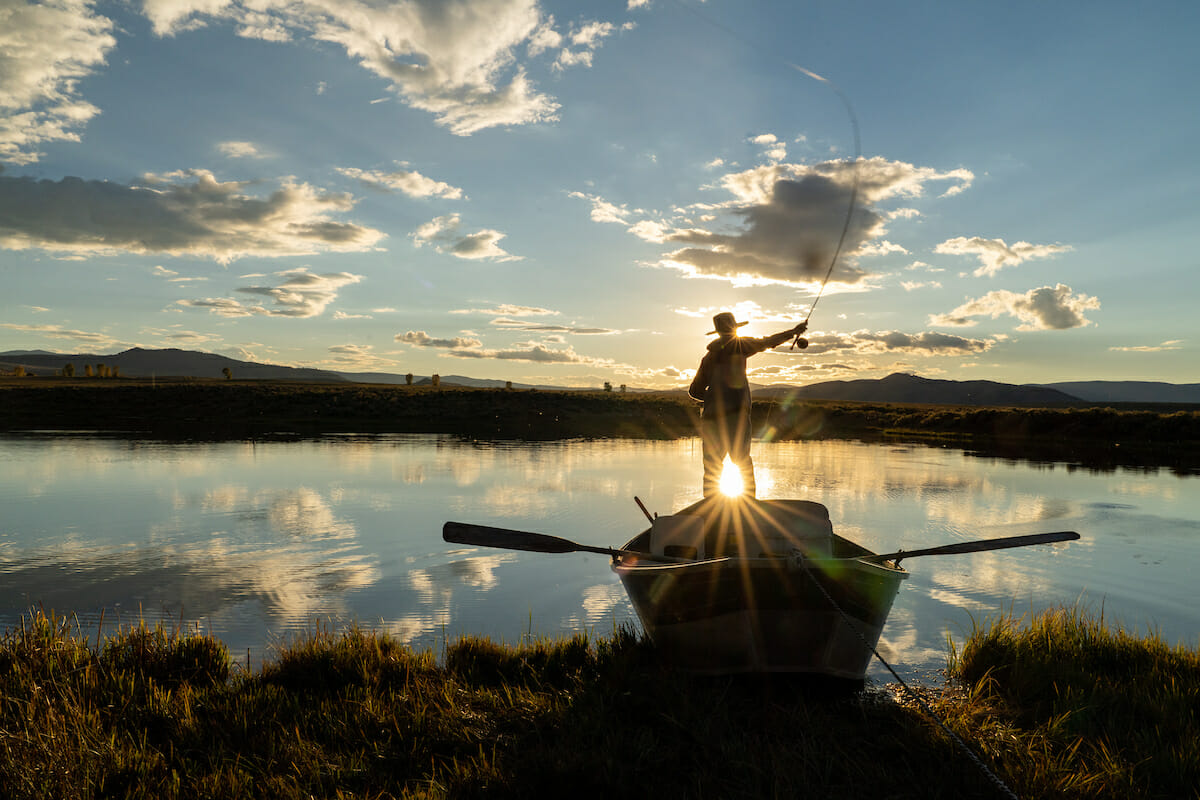These are the best I’ve ever learned
I’ve been very fortunate over the years to have spent some time watching and learning firsthand from the masters of casting a fly rod, from Lefty Kreh, Frank Moore, Flip Pallot and Mel Krieger, to John Juracek, Simon Gawesworth, and Tom Rosenbauer—people who literally “wrote the books” on the art (and it is an art) of casting flies for fish. Dog-eared copies of some of those books still fill my office shelves. More importantly, I hold the memories of actually seeing the loops those guys formed over water, and the explanations they shared in real time, very sacred.
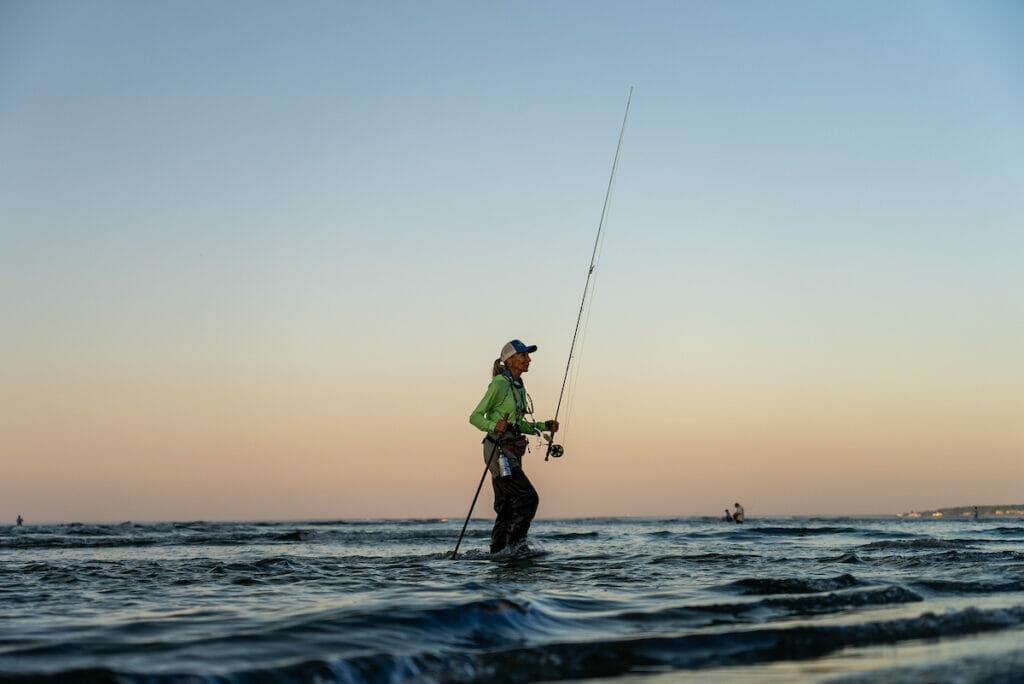
That said, I’ve also found that some of the best tips also come from unlikely and unexpected sources. And I’ve always had a desire to make fly fishing—and casting in particular—as simple and straightforward as possible. Goodness knows, the last thing you need when you see that big trout slurping bugs off the surface just upstream, or a bonefish happily tailing in the flat, is for your brain to overload with complicated physics lessons. Been there. Done that. Failed miserably. Many times.
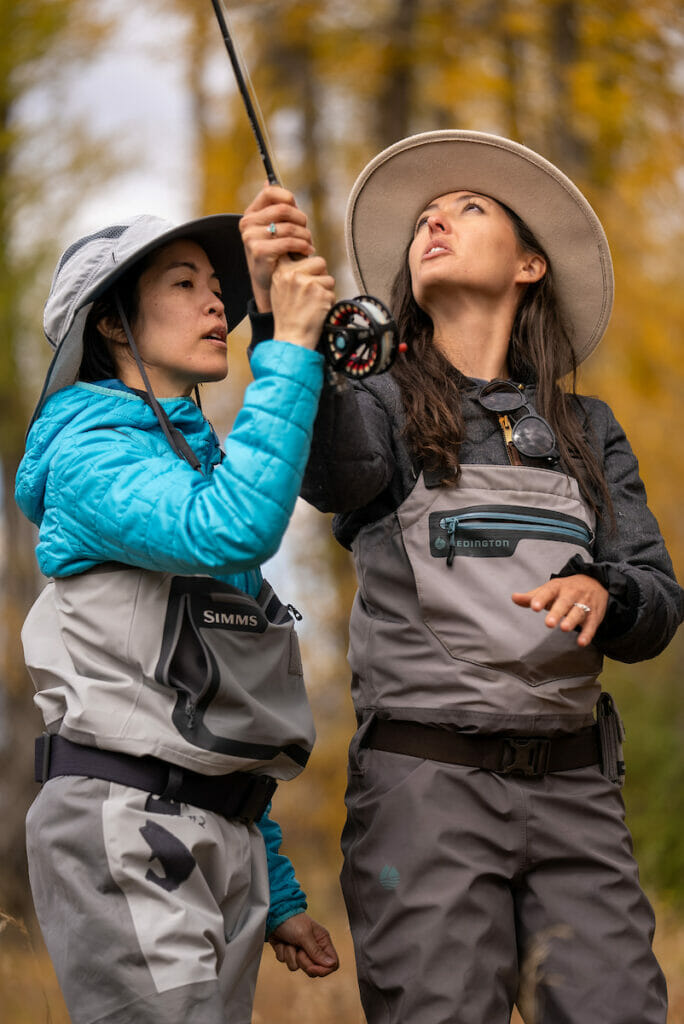
So, in that spirit, I’ll share the following three best casting tips I’ve ever learned, which have helped me enormously. These are things I still keep top of mind, and they help me “self-coach,” no matter where I am, and no matter what I’m casting at. If you know them already, great. In the spirit of the holidays, pass ’em on, and give the gift of a good cast to someone who is still climbing the ladder and figuring things out.
1. Keep your casting thumb in your peripheral vision.
The late Dan Stein, who guided the Bighorn, set me right with this one, and it works on a number of levels. Don’t stare at your casting thumb, by any means. But trust your peripheral vision, and keep the thumb on the grip of your rod where you can track it. Do that, and you’re going to solve two of the biggest problems novice casters (and over-zealous, experienced casters) face. First is breaking the wrist on the backcast. That drops the rod tip and takes all the line energy out of the casting stroke. As soon as you point the thumb at your shoulder, you lose it in your peripheral vision. Don’t do that. Second is letting the casting arm fly too far backward in the first place. If you cannot see your thumb in your peripheral vision when you’re making a simple 30-foot cast, your arm is wild and you need to tighten the stroke. Know (and see, albeit out of the fuzzy corner of your eye) where your thumb is on that cork handle, and you solve 90 percent of the glitches all casters encounter now and then.
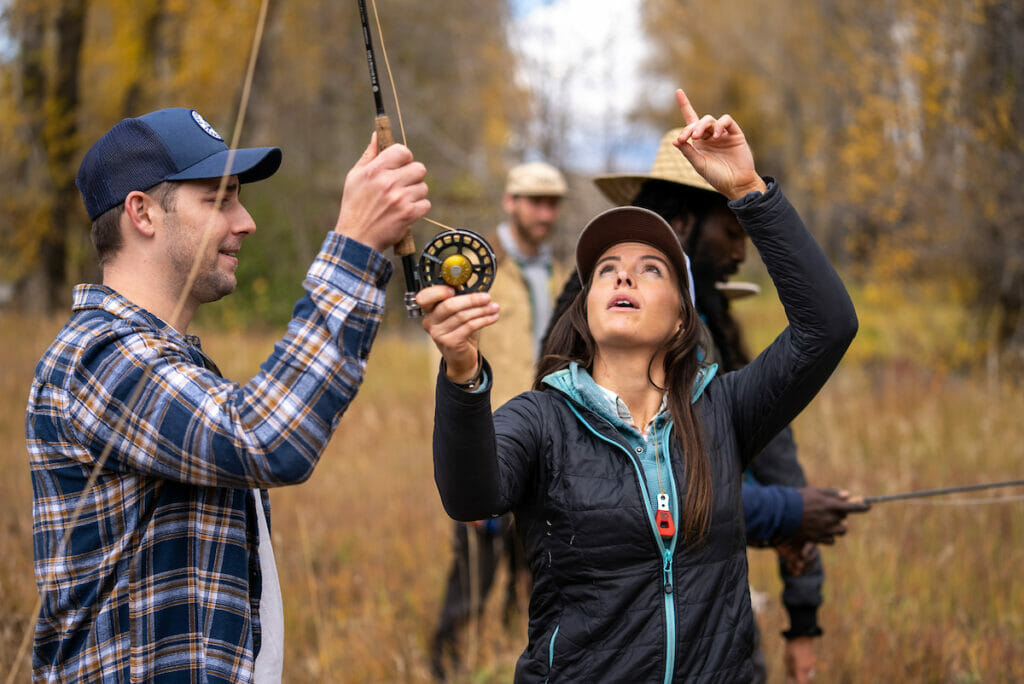
2. Be an ambidextrous fly caster.
If you ever played sports like basketball, water polo, or hockey, you know how valuable being able to work with your non-dominant hand can be. A switch-hitter in baseball or softball is a huge asset in any lineup. And so, too, is an angler who knows how to cast with either hand. Maybe you need to work around an obstacle to make a cast, or maybe you just want to be able to adapt to casting situations in a drift boat. Kim Leighton taught me that all you really need to do to train that “off” hand when you cast is cup the reel with your dominant hand. Practice making casts with the off-hand as you barely cradle the reel with your dominant hand, and the timing and accuracy are going to come to you, faster than you think. You’ll soon be able to take the “training wheels” off and fire away with either arm, from either side, and trust me, you’ll be very happy to have that in your casting arsenal.
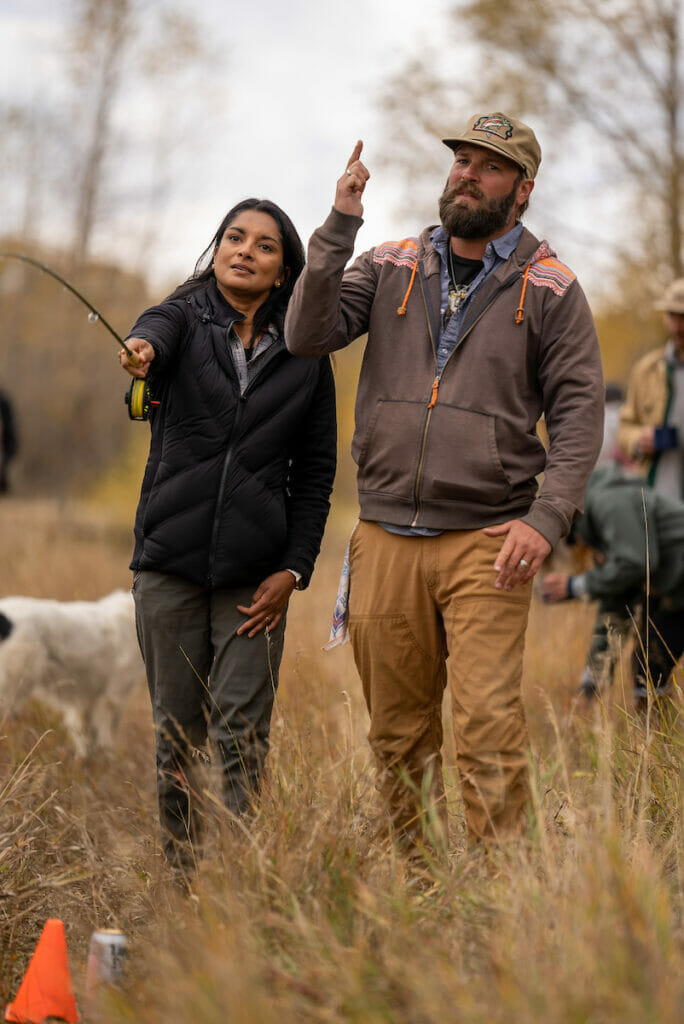
3. Stop the rod and ‘look through your thumbnail’ on the forward stroke.
My old mentor and friend Charlie Meyers preached this one all the time, with good reason. I’ve seen so many great loops formed on false casts, only to see the whole shot fall apart on the delivery at a rising trout, simply because the angler makes that last cast and drops the rod tip at the end. That causes a slushy, often splashy mess, and it almost never catches the fish. A cast is all about generating line speed with abrupt starts, stops, and directional changes. The most important stop is the last one. Let that line unfurl, and to do that, think about looking “through your thumbnail” on the delivery. Don’t you dare drop your hand to waist level. Sure, you may want to have the rod tip low—as you start retrieving a streamer, for example. But that all happens after the cast. The importance of this little move is amplified if there’s even a puff of wind. The key to wind casting is forming tight loops, and that’s all about stopping the rod (not punching the rod, just stopping the tip) at the moment of delivery.
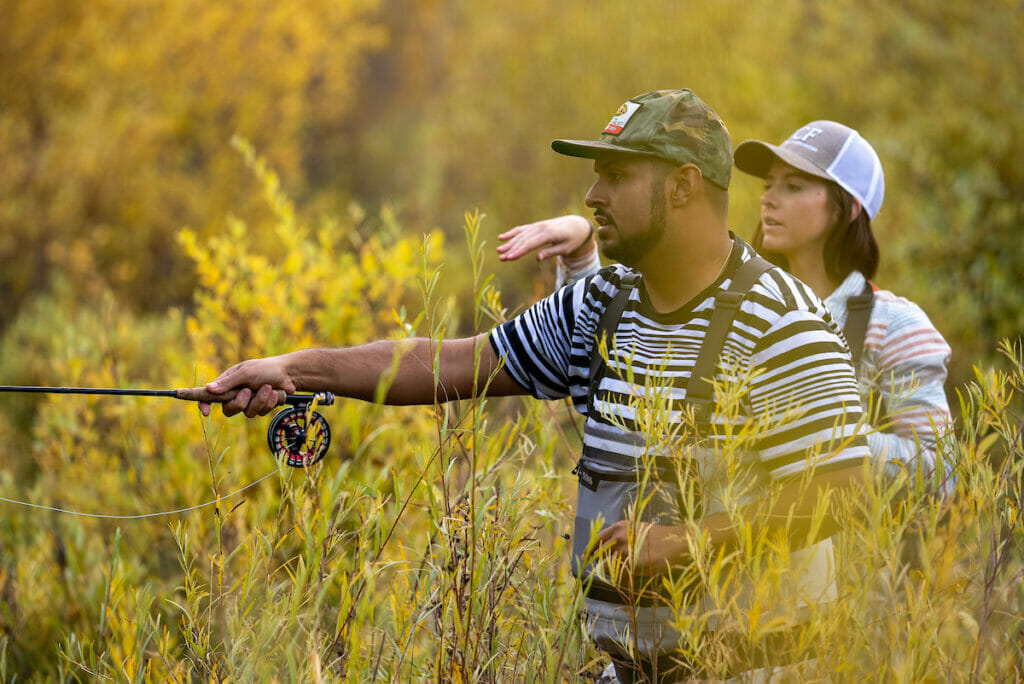
Nail down these three habits, and there isn’t a trout cast you cannot make, or a trout you cannot catch, anywhere in the world. You have my word on that.
And if you want more, stay tuned, because the double-haul, the roll cast, and other challenges can also be honed and perfected with some simple, home-spun advice.
Happy holidays. I thank you all for your support of TU (because none of this stuff is possible minus healthy water), and wish you and yours a joyous season, and great times on the water in the year ahead.
